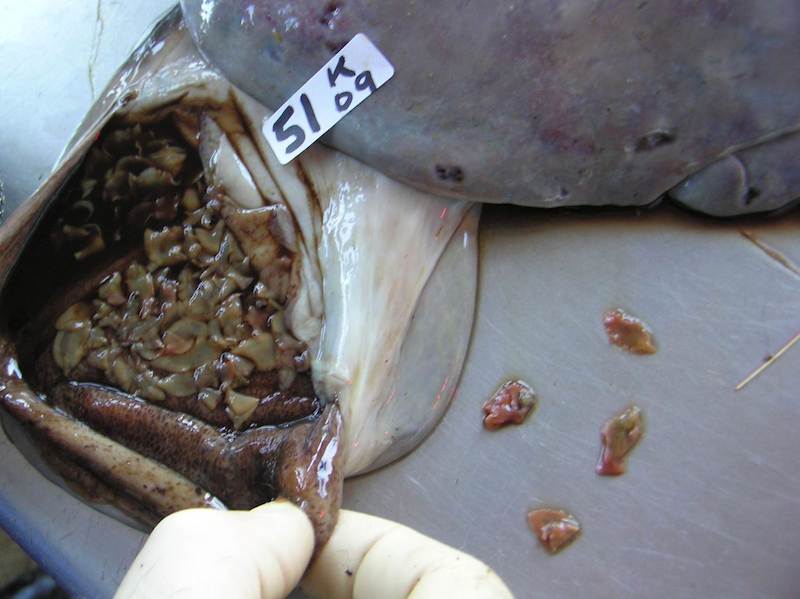

It’s also thought that the introduction of infected sheep has helped spread fluke into eastern areas.

This may well be the reason why fasciolosis has spread geographically across the UK in the past 40 years.ĭisease patterns have changed from a restricted distribution in the 1970s with only occasional cases seen in the west, to current levels now, where large areas of the UK are seeing outbreaks. Mild, wet weather also promotes proliferation of the mud snail. 3 This degree of climate change very much supports the development of fluke which requires a mean temperature above 10☌ to complete its life-cycle. In the UK, recent average temperatures have consistently increased by between 1☌ and 4☌, compared to the past 30 years figures. This will lead to cases of sub-acute and acute disease in the host from as early as July. “Winter infection” occurs when eggs excreted by carrier animals in late autumn and encysted metacercariae survive over winter on pasture and resume development in early spring, once conditions become favourable. Therefore pasture contamination in late summer/autumn is much lower and disease risk is much reduced. In a dry or cold spring and early summer, the snail population will remain low and fewer fluke eggs will hatch. This “summer infection” results in outbreaks of acute and sub-acute disease in late autumn and winter when immature fluke migrate through the liver causing widespread tissue damage. If wet weather continues the snails shed massive numbers of metacercariae onto pasture, which go on to infect sheep/cattle over summer and early autumn time. In wet summers there will be huge snail populations which are infected by miracidium from May to July. Hatched eggs release miracidium which then infects the snails and develops within them. This generally occurs between May and October. Meanwhile, the intermediate host, the mud snail Galba truncatula, will also start multiplying in numbers as the weather warms up.

There have usually been two key periods of host infection with liver fluke in the UK: summer infection and winter infection.Īdult sheep/cattle carriers will shed fluke eggs onto pasture and when the ambient temperature exceeds 10☌ the eggs will hatch.

The complex life-cycle of fluke makes it very dependent on high rainfall and mild temperatures to flourish. Strategic control programmes will need to be adapted, and be based more on recent weather conditions and local forecasts, particularly rainfall and average temperature data, rather than just on farm systems and traditional or historical timings. the trend towards wetter, milder weather, favouring the survival and development of the free-living stages of the liver fluke and its intermediate host, Galba truncalata, the mud snail.Īs a result, the seasonality of disease is becoming less well defined, more prevalent and the geographical occurrence of fasciolosis is also changing. The primary underlying cause appears to be climate change, i.e. FASCIOLOSIS (Fasciola hepatica infection) has increased in some European countries up to 12-fold in recent years and there is evidence to suggest it’s increasing in the UK.


 0 kommentar(er)
0 kommentar(er)
